Summary
- Communication isn't dead—it just looks different.
- The challenges associated with remote and distributed teams can impact culture and efficiency.
- But these challenges can be solved with the right technology and an intentional effort to build connections with your team.
Gone are the days of spontaneous conversations, face-to-face client meetings, brainstorming sessions, problem-solving discussions, and catching up over lunch.
The way you communicate both with your team and your clients is now more purposeful, thought-out and challenging. Most conversations need to be scheduled and hinge on technology. And these conversations tend to always be work-focused, phasing out the connections brought about by spontaneous discussions.
It's important to note that communication skills in the accounting profession are critical in building strong relationships internally, and with clients—no matter if you're remote or in-person, strategizing, or catching up after the weekend.
Here are the main communication challenges your firm might be facing, and the ways you can solve them and rethink how you communicate:
Less opportunity for impromptu communication to gather information quickly
Collaborating on shared work
Workshopping and brainstorming sessions
Determining what information belongs in which communication channel
Replacing non-work related, culture-building and ad hoc communication
Challenge 1: Less opportunity for impromptu communication to gather information quickly
When you’re working in the same office as your team, you can all easily gather the information you need from each other, particularly when answers are needed quickly.
But when working from home, that opportunity simply doesn’t exist—the conversation needs to be scheduled, a phone call needs to be made, or an email needs to be sent. None of which deal with the need for instant communication.
Solution
Utilize an instant communications tool like Slack, that specializes in facilitating quick-touch communication.
If you need answers from multiple people from the same team, consider creating teams in Slack, where if you @mention a team—say, @salesteam for example—everyone in that team receives a notification of your message.
But at the same time, you need to be conscious of constantly interrupting your team. There is a time and a place for instant chat, and often much better communication tools to use for remote collaboration.
Challenge 2: Collaborating on shared work
Working as a team on projects that cross multiple team members needs to be more thought-out and planned, with the understanding that information-sharing will take longer than if the team was working in the same space.
Your client’s business tax return, for example, may need to be touched by the Preparer, Reviewer, Administrator and Client Manager. So each of these team members needs a single source of truth—one place where they can communicate about the particular piece of work, and share information and documentation.
Solution
Use a workflow management tool that enables clear and easy collaboration against work, tasks and clients. Karbon, for example, enables teams to add comments and @mentions against emails, work items, projects and clients, so you can collaborate with team mates.
Not only that, but you can add internal and external comments on Client Tasks so you can also collaborate with your clients.
Challenge 3: Workshopping and brainstorming sessions
With a remote or hybrid team and/or clients, these sessions aren’t as simple as going to your boardroom with a whiteboard and post-it notes. But that doesn’t mean you should put an end to them—they’re important for problem solving, idea generation and refinement, and team building.
So, how can you recreate the creative and energetic brainstorming session over Zoom?
Solution
Supplementing your Zoom brainstorming session with a tool like Miro helps bridge the gap between the discussion element, and the physical workshopping element.
These tools enable real time collaboration between users, meaning you can see others adding notes, expanding your mind map, and highlighting suggestions at exactly the same time they’re taking these actions.
Challenge 4: Determining what information belongs in which communication channel
With so many more places to communicate now replacing the simple ‘shoulder tap’ method or the impromptu lunchroom chat, it can be difficult to understand where certain communication should live.
And when you have this confusion, information can get lost, team members and clients can get frustrated, and you’re running one of your basic functions—communication—inconsistently.
Solution
Take a step back and objectively view:
Your communication channels (i.e. email, Zoom, Slack, Karbon, etc.)
Your communication types (i.e. daily huddles, client communication, project-specific communication, etc.)
Once you have a clear overview of what your firm is currently communicating and where, you can begin to refine your communication strategy and create some structure.
It’s important to involve your team to both understand how they communicate, their frustrations, and what their ideal communication situation may be. For example, by doing this, you may uncover that the majority of your team is frustrated with the instant communication tool you currently use.
Once you have refined your communication policies and have clearly defined what communication goes where, make sure you document these rules. This will ensure that:
Your team doesn’t need to remember this behavioural change immediately
You can onboard new hires more quickly
You can easily update your communication rules when needed
Remember to communicate these new policies to your team and clients (where relevant), including why you’ve made the updates and where they can find the documentation.
Challenge 5: Replacing non-work related, culture-building and ad hoc communication
Arguably one of the most important types of communication is the ability for your team to build relationships with each other—to make human connections that will strengthen their ability to work together, increase workplace happiness and boost company culture.
But with a remote or hybrid team, this communication becomes fragmented, and eventually dissipates if you don’t implement informal communication sessions.
Solution
Empower your team to schedule weekly non-work-related video calls, where work discussions are off-limits.
You can also create non-work-related Slack channels where everyone can share what they did on the weekend, or what they’re currently reading, listening to and/ or watching.
Team Karbon is distributed across three continents and four countries, so we have curated our own collection of non-work-related Slack channels to keep us connected:
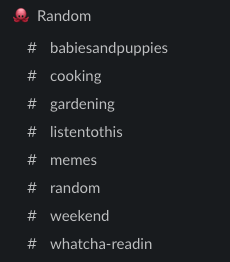
Whether it's a book review, song recommendation or a funny meme, there's a Karbon Slack channel for it.
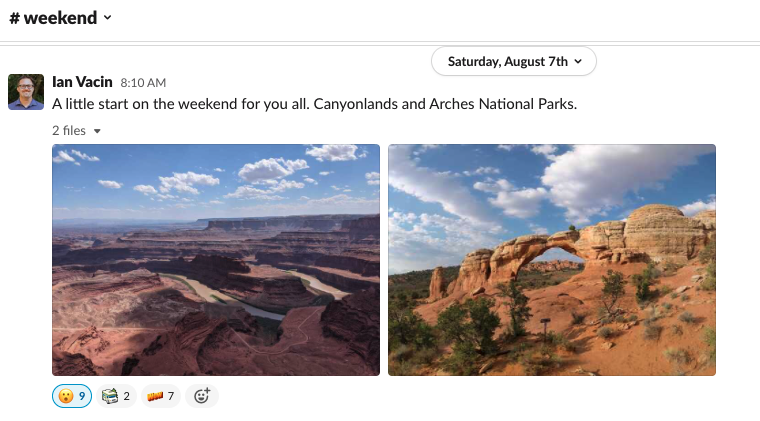

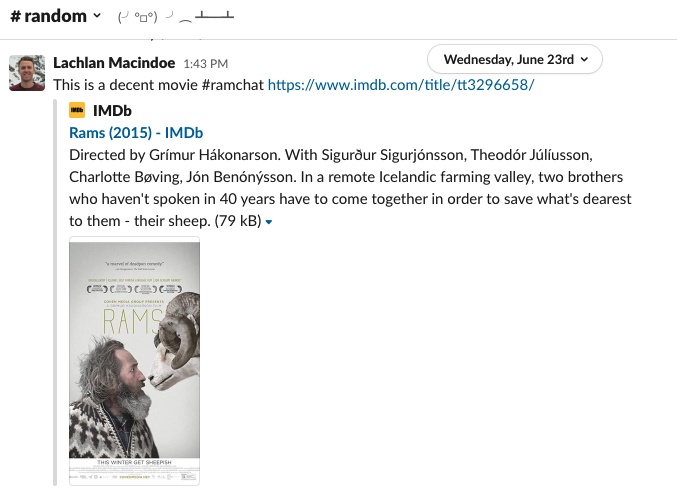
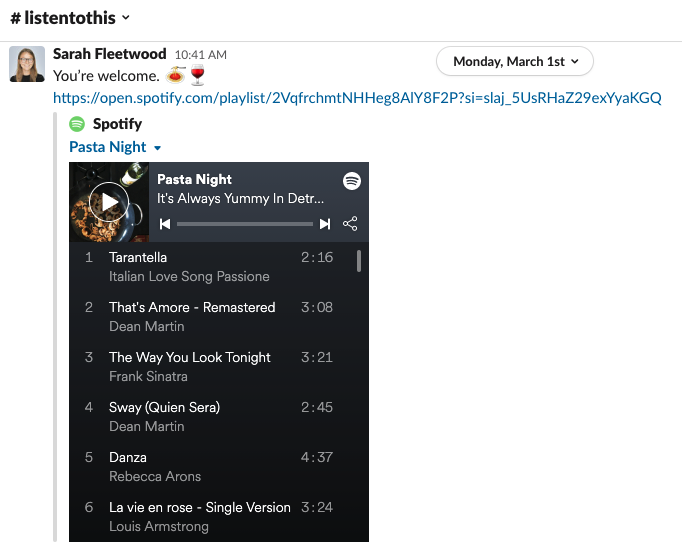
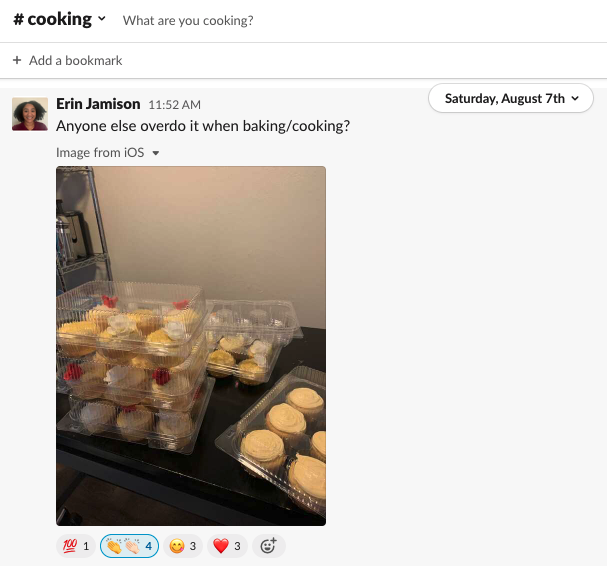
Overcoming common remote work communication challenges
Just because your team no longer works in the same space, doesn’t mean you should accept the communication challenges remote work brings.
Communication isn’t dead, it just looks different.
Take the time to understand the communication challenges your firm is facing, involve your team, and discover the best ways forward so you can continue to run an efficient accounting firm, manage a happy and fulfilled team, and serve satisfied clients.






